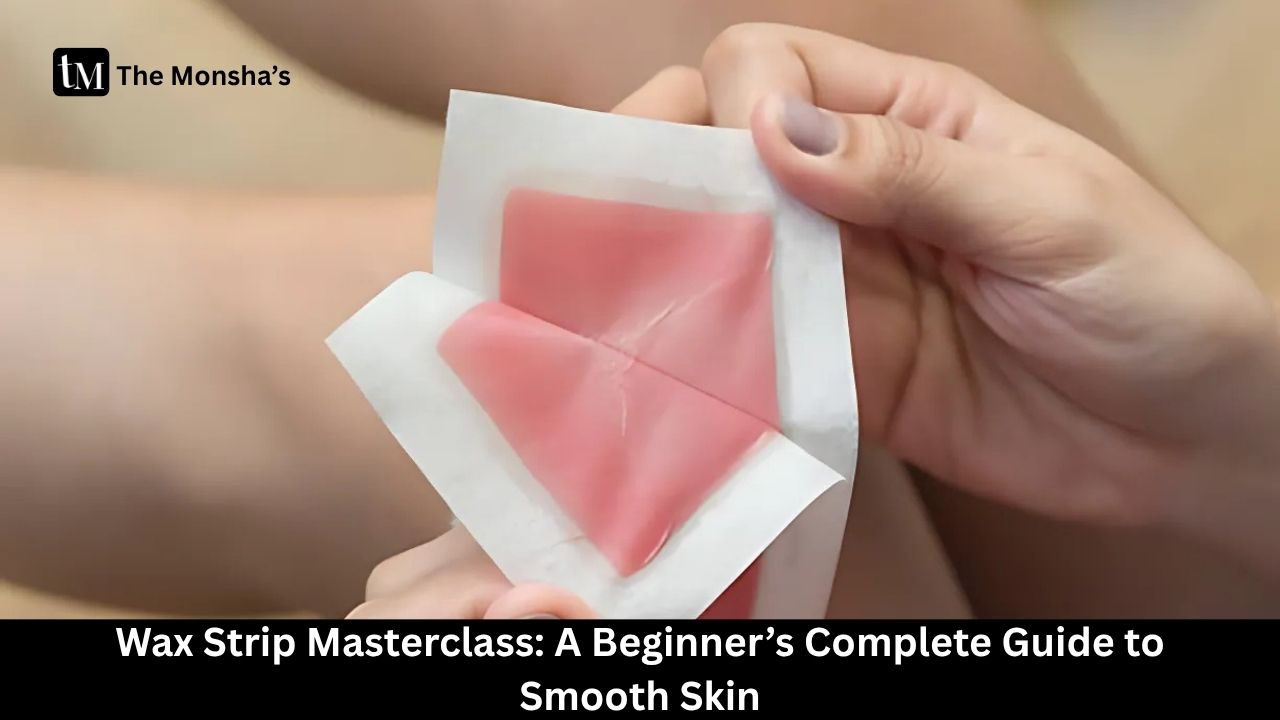
Wax strips are a handy, affordable, at-home route to hair removal—if you use them right. This post walks you through prep, technique, aftercare, troubleshooting, and safety. Whole journey, no regrets. Grab your strips and let’s do this. 💪
I’ll be honest: my first wax strip attempt ended in tears (literally). Tugged skin, missed hairs, sticky leftovers—yuck. But with practice, I’ve learned the right moves, so now I can glide in confidence. This guide is your fast-track to avoiding my early mistakes.
By the end, you’ll know:
Let’s turn sticky terror into elegant ease.
Wax strips are pre-coated strips of wax + adhesive you press onto skin and rip off, pulling hair from the root. No heating needed.
But they do have limits: they grip better when hair is a specific length, and technique matters a lot. Dermatologists warn: never wax sunburned or overly irritated skin, and skip retinoids prior to waxing to avoid skin tearing.
Always try on a small inner area first (e.g. inside forearm). Wait 24 hours. If no redness, then proceed. Some skin is unpredictable.
Wash the area with mild, oil-free cleanser. Wax will not adhere to sweaty, oily, or damp skin. After washing, thoroughly dry. Use a little powder if needed (cornstarch works).
Your hair should be about ¼ to ¾ inch (roughly 6 mm) for wax strips to grip well. Too short = no grip; too long = breakage and mess. If hair is longer, trim first gently.
Stop retinoids, exfoliants, acid treatments, or harsh products on that area 2-5 days before waxing. Skin might otherwise peel or tear.
Here’s your action map:

Technique narrative / nuances:
Marie Claire dermatologists reinforce: apply strip along hair growth, smooth well, then pull in opposite direction.
You must treat your skin well after. These tricks help avoid red dots, bumps, flareups:
Derm sources caution: skip using harsh scrubs or alcohol products right after waxing. If redness persists > 48h, see a dermatologist.
If you see little red bumps (possible folliculitis), treat with warm compresses, gentle cleansing, and pause waxing.
Face, Lip, Eyebrows
Use tiny strips, gentle pressure. Skin is thinner—go slower, stretch skin gently, and avoid the same spot twice.
Underarm / Bikini Edges
Divide area into smaller parts. Always stretch skin. Smaller piece works better in curved zones.
Legs / Arms
Larger strips, more confident pulls. Work section by section. Don’t rush.
Sensitive or Reactive Skin
Do a milder pull (less pressure), use hypoallergenic strips, limit overlap, and do patch test every time.
Don’t wax if:
If the skin looks bruised, blistered, or problems last more than 2 days, stop and consult a dermatologist.
Q: How often should I wax using strips?
A: Usually every 3–6 weeks, depending on your hair growth cycle and how comfortable regrowth is.
Q: Do wax strips work on coarse hair?
A: Yes, especially if hair is within optimal length. But more resistant/hard hair may require stronger wax formulas or professional help.
Q: Can I reuse a wax strip?
A: Not recommended for the same area. Some say you might use one strip 2–3 times on different clean sections (if still adherent), but quality declines and contamination risk rises.
Q: Will waxing make hair grow back thicker?
A: No. That’s a myth. Repeated waxing often causes hair to grow back finer (less dense), over time.
Q: Why am I getting ingrown hairs after waxing?
A: Often due to dead skin, tight clothing, not exfoliating gently, or re-waxing same spot. Encourage gentle exfoliation and avoid friction.
Q: Can I wax over self-tanner or freshly sun-exposed skin?
A: No. Waxing over tanner or sunburned skin risks lifting pigment or damaging surface layer. Let skin heal / fade first.
Wax strips are powerful little tools—when you respect the steps. Start with less sensitive areas, practice technique, and refine. Over time, you’ll nail that swift peel, minimal sting, and smooth result.
Tonight, try a small strip on your arm or leg using the steps above. Track how your skin feels afterward. Do one session a week for a month. With repetition comes confidence—and less sticky drama.